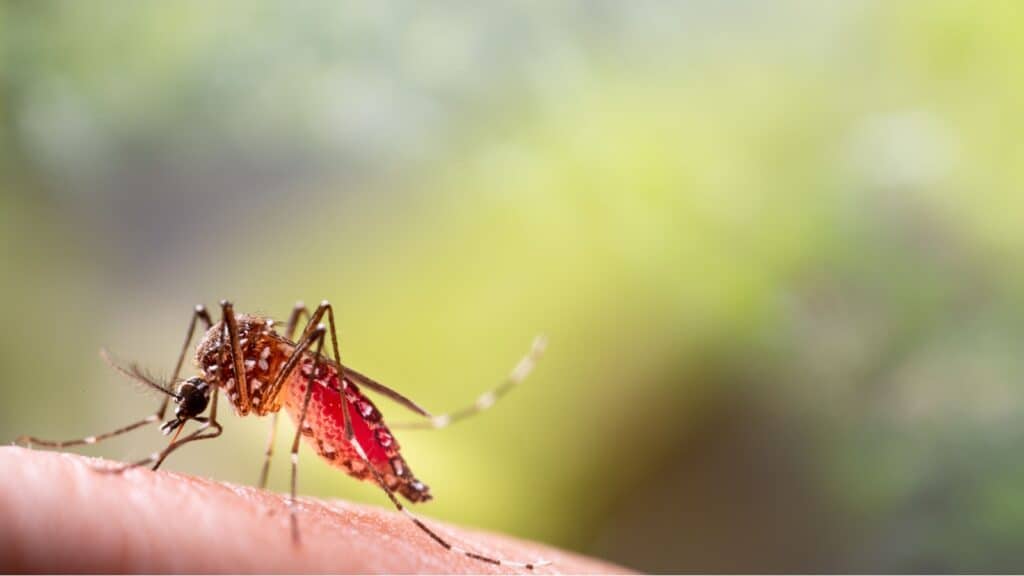10 Symptoms of Lyme Disease That Americans Ignore All the Time
Lyme disease is a bacterial infection transmitted through the bite of infected blacklegged ticks. It’s prevalent in areas such as the Northeast, mid-Atlantic, and upper Midwest regions of the United States. Early detection is key, as untreated Lyme disease can result in severe complications affecting the joints, heart, and nervous system. Despite its seriousness, many Americans overlook the early warning signs of Lyme disease. This article highlights 10 symptoms that people frequently ignore, supported by direct links to credible sources for further information.
1. Erythema Migrans (EM) Rash

A distinctive feature of Lyme disease, the erythema migrans (EM) rash, appears in approximately 70-80% of infected individuals. This rash often develops within 3 to 30 days of a tick bite and can expand gradually, sometimes forming a “bull’s-eye” appearance. It may not always look like a bull’s-eye, making it easy to dismiss. The Mayo Clinic emphasizes that the rash can occur on any part of the body and is not typically painful or itchy, but it can feel warm to the touch.
2. Flu-Like Symptoms

Early Lyme disease often manifests with flu-like symptoms such as fever, chills, fatigue, muscle and joint aches, and swollen lymph nodes. According to the CDC, these symptoms can occur even in the absence of the rash, making it easy to confuse Lyme disease with other illnesses like the flu.
3. Severe Headaches and Neck Stiffness

Severe headaches and neck stiffness are common in the later stages of Lyme disease, as noted by Spine Health,These symptoms are caused by inflammation of the membranes surrounding the brain and spinal cord, resembling meningitis. They may persist if Lyme disease is left untreated.
4. Joint Pain and Swelling

Lyme arthritis, characterized by intermittent joint pain and swelling, particularly in the knees and other large joints, is a hallmark of untreated Lyme disease. Untreated arthritis can lead to chronic pain and significant mobility issues. According to the Mayo Clinic, early intervention can help prevent long-term joint damage.
5. Facial Palsy (Bell’s Palsy)

According to the CDC, facial palsy, also known as Bell’s palsy, can develop as a result of Lyme disease. This symptom involves the loss of muscle tone on one or both sides of the face, leading to facial drooping. It is more common in the later stages of untreated Lyme disease but can resolve with prompt treatment.
6. Heart Palpitations or Irregular Heartbeat

Lyme carditis, a complication affecting the heart, can cause symptoms such as heart palpitations, shortness of breath, and an irregular heartbeat. This condition occurs when the bacteria interfere with the heart’s electrical signals. Lyme carditis can be life-threatening if left untreated.
7. Nerve Pain and Tingling

Nerve pain, numbness, or tingling in the hands and feet are common symptoms in the later stages of Lyme disease. The Mayo Clinic explains that the bacteria can cause inflammation and damage to the peripheral nerves, leading to sharp, shooting pains or a burning sensation.
8. Dizziness and Shortness of Breath

When Lyme disease affects the heart or nervous system, symptoms like dizziness and shortness of breath may occur. These symptoms are often attributed to other causes, but they can indicate Lyme disease, particularly in areas where the disease is common.
9. Cognitive Problems or “Brain Fog”

Cognitive difficulties such as memory loss, confusion, and difficulty concentrating are common in chronic or untreated Lyme disease. Known as “brain fog,” these symptoms can persist even after treatment. John Hopkins refers to this condition as Post-Treatment Lyme Disease Syndrome (PTLDS).
10. Extreme Fatigue

Extreme fatigue that doesn’t improve with rest is a common symptom of Lyme disease. The CDC and Mayo Clinic both note that this fatigue can last for months or years after treatment and is often misdiagnosed as chronic fatigue syndrome or depression.
Conclusion

Early recognition and treatment of Lyme disease are crucial to prevent severe complications. If you or someone you know experiences any of these symptoms and has been in an area where Lyme disease is common, it’s essential to seek medical attention immediately.
Colorectal Cancer Rising Among Millennials and Gen Z: 5 Essential Ways to Protect Yourself

Colorectal cancer, once considered a disease predominantly affecting older adults, is increasingly being diagnosed in people under 50. This alarming trend has significant implications for Millennials and Gen Z. We explore the factors contributing to this rise and provide five crucial strategies to safeguard your health.
READ: Colorectal Cancer Rising Among Millennials and Gen Z: 5 Essential Ways to Protect Yourself
Why Do Mosquitos Seem To Like Me So Much, and What Can I Do About It?

Have you ever wondered why mosquitoes seem to prefer biting some people over others? Understanding the reasons behind this can help in mitigating their impact. Mosquitoes are attracted to certain individuals due to factors like body odor, carbon dioxide, and body heat. These pests are not just annoying; they can also carry dangerous diseases such as malaria, dengue fever, and Zika virus. In this article, we explore why mosquitoes are drawn to specific people, the health risks they pose, and effective strategies to protect yourself from their bites.
READ: Why Do Mosquitos Seem To Like Me So Much, and What Can I Do About It?
Is There A Link Between Being A ‘Good Girl’ And Autoimmune Disease In Women?

Women Rising®, an 11x award-winning women’s empowerment and media company founded by autoimmune-diagnosed, 15x award-winning documentary filmmaker, Sara Hirsh Bordo, recently released findings from Autoimmunity and the “Good Girls” ™ the first-ever sociological survey exploring the intersection between empowerment and autoimmunity in American women. READ: Is There A Link Between Being A ‘Good Girl’ And Autoimmune Disease In Women?
Join Us

Join us on this empowering journey as we explore, celebrate, and elevate “her story.” The Queen Zone is not just a platform; it’s a community where women from all walks of life can come together, share their experiences, and inspire one another. Welcome to a space where the female experience takes center stage. Sign up for our newsletter so you don’t miss a thing, Queen!







